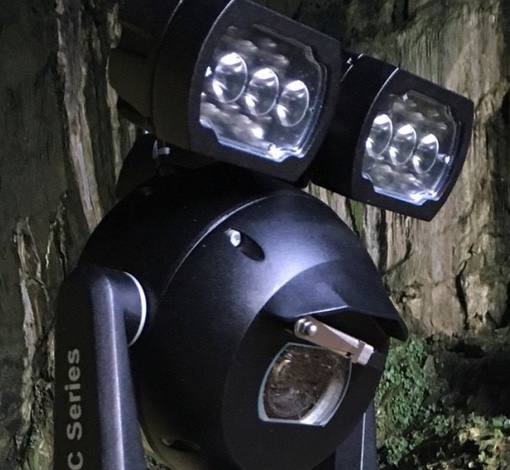
Conditions could not be more challenging than in Borneo?s tropical rainforest, where temperatures reach up to +30 degrees Celsius and humidity can be as high as 100 percent. Accessible only by boat or plane, the wilderness of Mulu National Park, a UNESCO World Heritage Area since 2000, covers about 544 square miles, an area equal to the size of Singapore. It is home to some of the largest documented cave systems on the planet, and populated by bats and other rare wildlife.
After a former successful collaboration, the National Park Management asked CTG Security Matrix, a Bosch Integrator, for advice on how to best monitor the area?s remote sites.
- Bosch cameras cover one of the largest cave systems worldwide
- Extremely harsh environments require robustness and customized solutions
The resulting task: To enable the capture of clear video images from selected sites within the national park?s cave network, observe and monitor wildlife, including bats, and provide real-time surveillance. Regardless of the challenging conditions, like the total darkness in the caves, the images needed to be of sufficient quality to appear on a monitor at the park?s Bat Observatory.
Extremely robust cameras were required to function reliably 24/7 in extreme heat, humidity and darkness. The cameras were to be placed inside the biggest cave chamber in the world, which is 175 meters wide and has ceilings as high as 120 meters.
Taking all of the camera requirements and environmental factors into consideration, three Bosch MIC IP starlight 7000 HD PTZ (pan, tilt, zoom) cameras were the perfect choice for this harsh environment. These cameras feature built-in starlight technology from Bosch, which ensures highly detailed color images in extreme low-light conditions. When light levels drop to zero, the MIC IP starlight 7000i?s optional illuminator enables the camera to capture high quality images in complete darkness over a distance of up to 175 meters. The solid metal bodies can withstand severe weather conditions including high winds, rain, fog, dust, 100 percent humidity (NEMA 6P and IP68) and temperatures ranging from -40 degrees Celsius to +60 degrees Celsius. The cameras? 30x optical zoom lens ensures that objects can be easily captured over large distances.
All tools and equipment had to be flown in and then carried into the cave system for installation. This involved kilometers of cabling through the jungle, as well as observing all of the requirements resulting from being in an environmentally protected National Park.
Now, park visitors, National Park management, and scientists can observe bats and other wildlife within the deepest, darkest stretches of the caves without disturbing the wildlife?s natural habitat.
Source: boschsecurity.com
